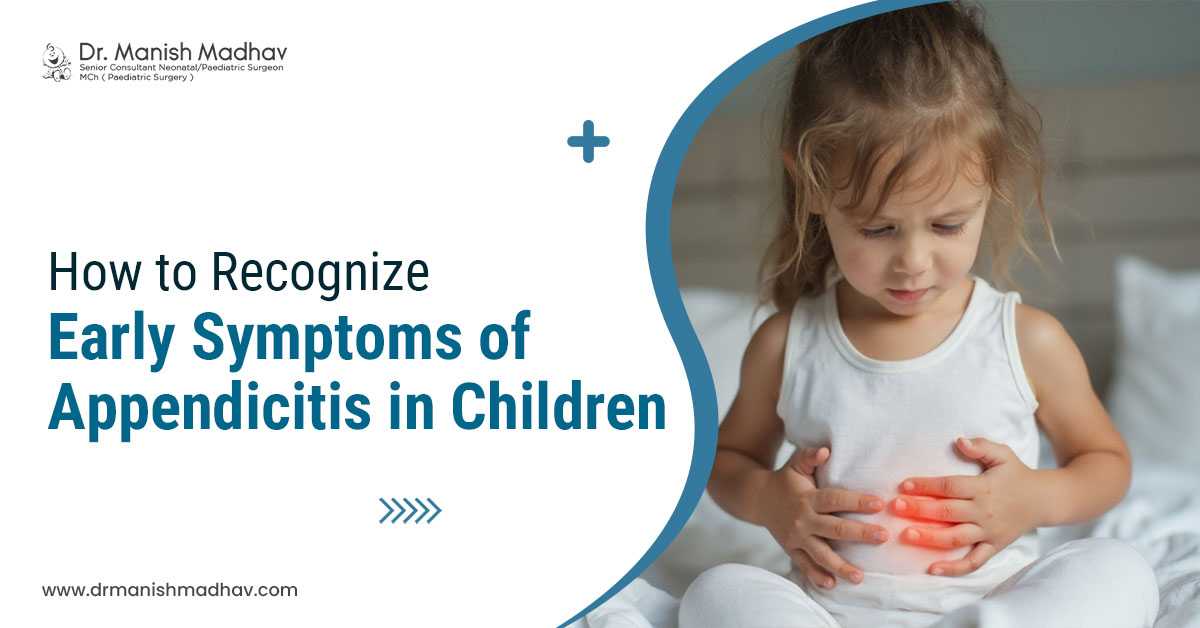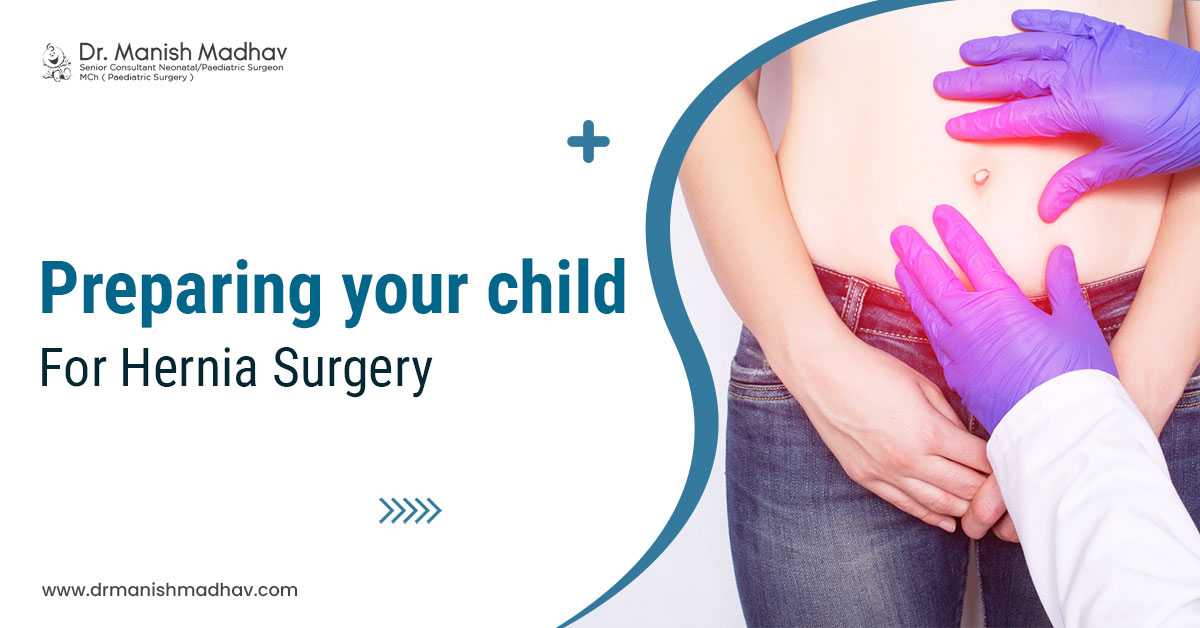A birth defect known as a choledochal cyst affects the tube that carries bile from the liver to the gallbladder and small intestine. The liver produces bile to assist with processing food. A swelling of the choledochal duct or bile back-up in the liver may occur in a child with a choledochal cyst.
If your baby has biliary duct disorder, your pediatric doctor refers you to hepatobiliary surgeries in Siliguri. Children having a choledochal cyst in boyhood may have a risk of cancer in the biliary duct tract. Try to reduce the risk prior to treatment.
What Are The Different Types Of Choledochal Cysts?
Choledochal cysts can be made in the inner side or the outer part of the liver. Based on their location choledochal cysts can be classified into four types:
- Type 1
- Type 2
- Type 3
- Type 4
What Are The Symptoms Of Choledochal Cysts?
Affected children are normally born with choledochal cysts, symptoms may appear during infancy period or sometimes at a later age. The symptoms are as follows:
- Intestinal mass
- Jaundice
- Inflammation on the right belly
- Vomiting
- Fever
What Conditions Lie Behind Choledochal Cysts?
The bile duct carries bile from the liver via the pancreas and the opening portion of the duodenum. Scientists seem that there may be obstacles created between the bile duct and the pancreas duct. As a result, pancreas juices follow backward and return to the bile duct again. Thus choledochal cysts are formed for the reverse flow.
Which Tests Are Required To Diagnose Choledochal Cysts?
To detect choledochal cysts the doctors do an ultrasound before the child is born. Sometimes your doctor advises you a few tests when an abdominal mass appears in your baby. The tests include:
- By CT Scan a complete image is shown from the bile duct portion of your baby
- A radiographic image, named cholangiography is used to observe your baby’s bile duct.
Are Choledochal Cysts Curable?
Only surgery can cure your baby of this disease. If the cysts have existed in the inner portion of the baby’s liver your hepatobiliary doctor removes a part of the liver or removes a part of the duct outside of the liver if cysts are there existed. The biliary reconstruction process is a part of the treatment.
Your hepatobiliary surgeon sometimes uses laparoscopy to remove cysts from your child’s body. In this process, a small telescope is passed through your child’s body with the help of a tube. Here your baby is released within two or three days and he or she can join activities after those days. However open surgery needs a maximum of days. Laparoscopy has also other benefits including:
- Small cut marks that will disappear after a few months
- Less pain during the post-surgery period
If it is left untreated for a long time your baby may face biliary interference, jaundice, the infection growing in the biliary duct and cirrhosis, etc.
During adulthood, it will worsen and become a cancerous stage. So it is better to consult a child surgeon for hepatobiliary surgeries in Siliguriduring his or her childhood. Your care will provide your baby with a healthy future.




